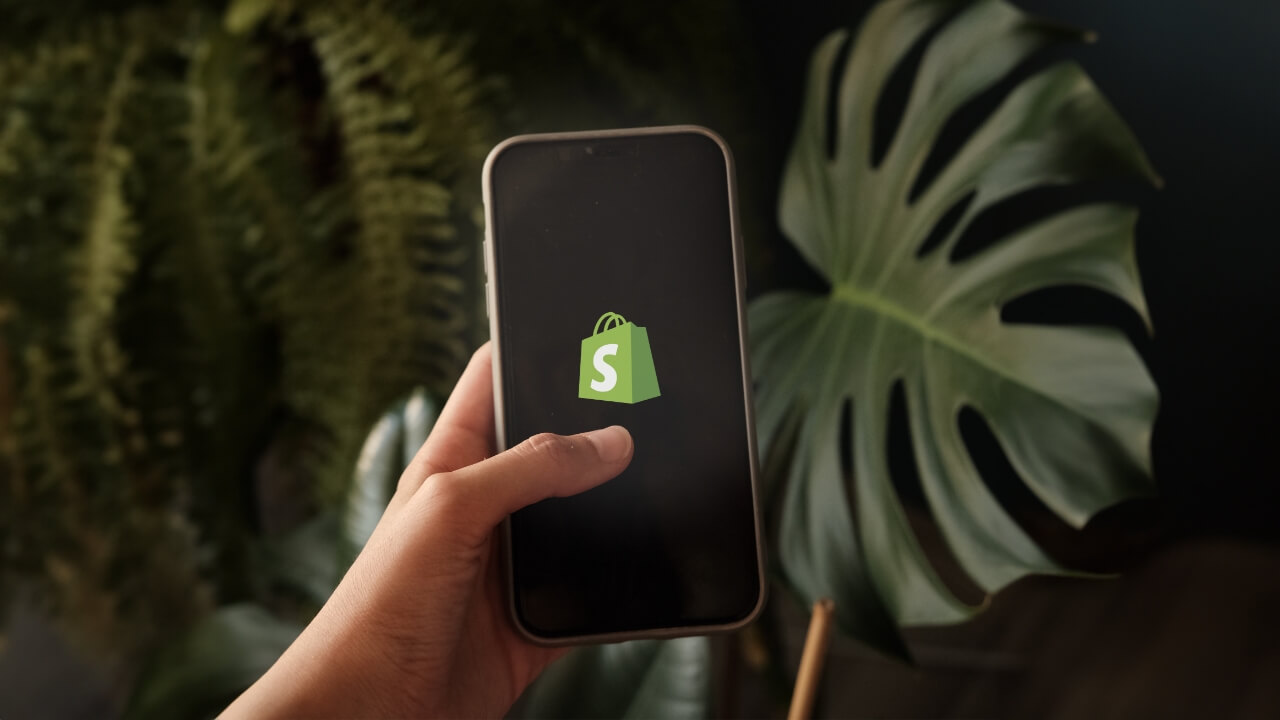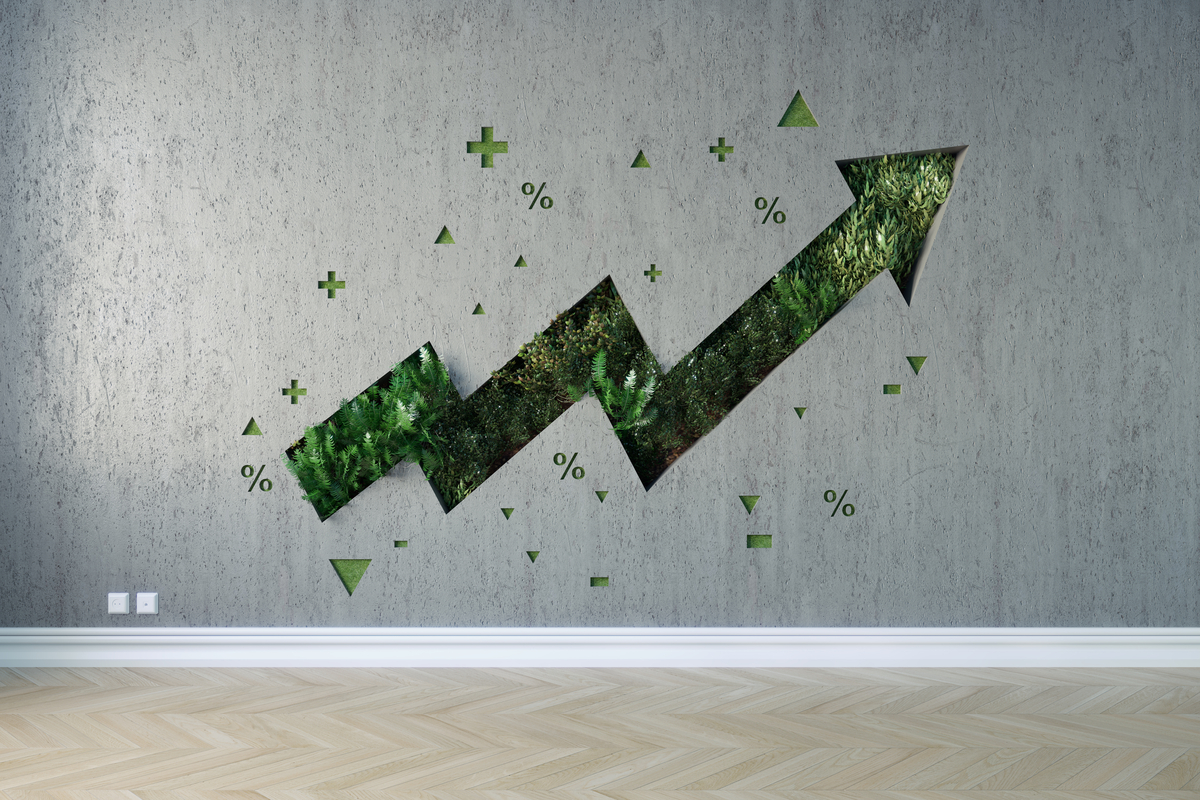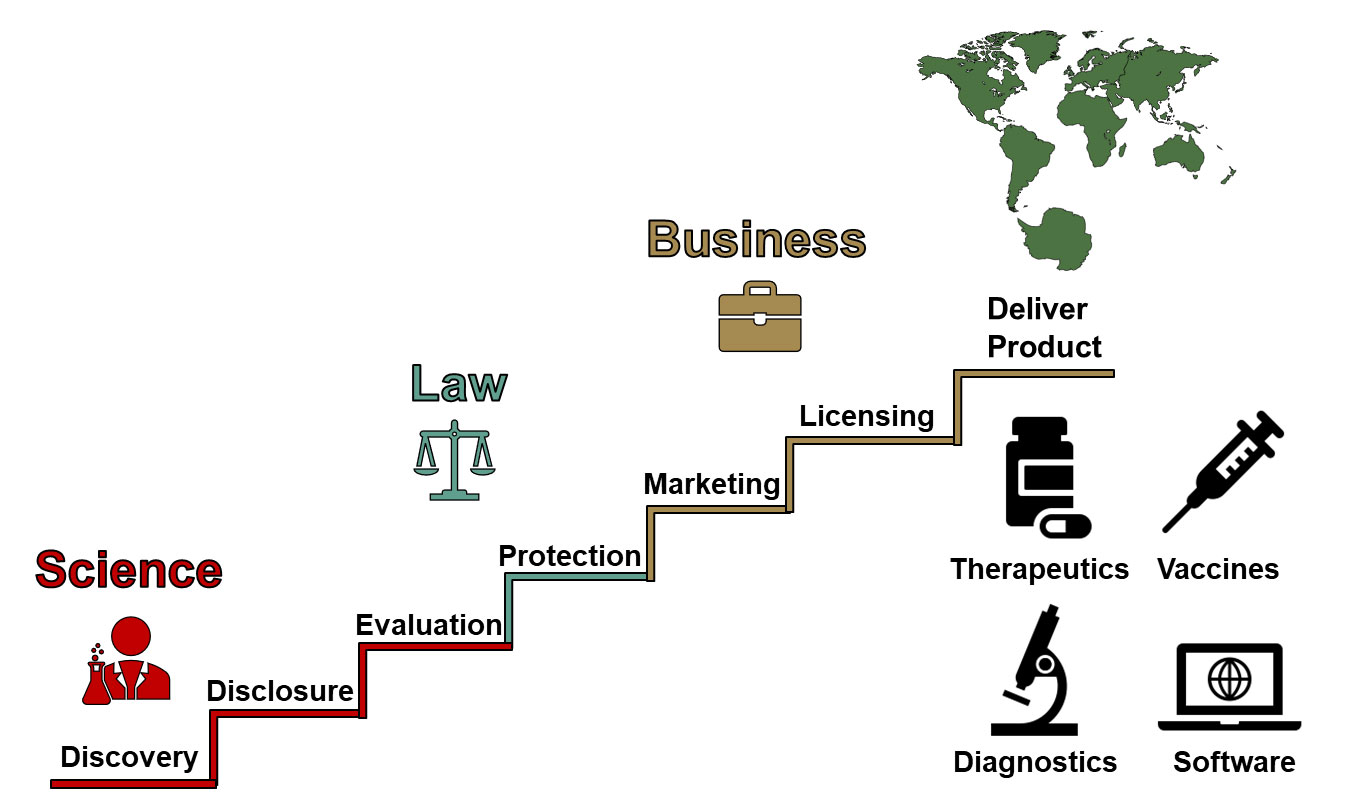Report on Green Marketing Strategies and Alignment with Sustainable Development Goals (SDGs)
Introduction: The Convergence of Consumer Values and Global Sustainability Objectives
A significant shift in consumer behavior, termed the “eco-awakening,” indicates a growing alignment between purchasing decisions and global sustainability principles. Data from PwC’s 2024 Voice of the Consumer survey reveals that consumers are willing to pay a 9.7% premium for sustainable products, demonstrating that value-driven purchasing persists despite economic pressures. This trend directly supports the achievement of the United Nations’ Sustainable Development Goals (SDGs), particularly SDG 12: Responsible Consumption and Production. However, a “green trust gap” persists, with a recent survey indicating only 20% of consumers trust corporate environmental claims. This report analyzes green marketing strategies, their direct contributions to the SDGs, and best practices for building credible, transparent communication.
The Strategic Importance of Green Marketing in the Context of SDGs
Market Dynamics and the LOHAS Consumer Segment
The Lifestyles of Health and Sustainability (LOHAS) market, valued at $472.51 billion in the US as of 2022, represents a mainstream consumer base actively seeking products that align with principles of environmental health and social equity. This demographic acts as a primary driver for corporate adoption of practices that support multiple SDGs.
- SDG 12 (Responsible Consumption and Production): LOHAS consumers are the most significant purchasers of green products, influencing broader market trends toward sustainable consumption patterns.
- SDG 8 (Decent Work and Economic Growth): Their preference for ethically sourced products encourages businesses to adopt sustainable economic models that prioritize fair labor practices.
- SDG 13 (Climate Action): The demand for low-impact products and services accelerates corporate investment in climate-friendly innovations.
The acquisition of Wild, a refillable deodorant brand, by Unilever for a reported $300 million underscores the economic viability and market power of business models built on sustainability principles that resonate with this consumer segment.
Distinguishing Green Marketing from Sustainable Marketing
While often used interchangeably, green and sustainable marketing have distinct scopes in relation to the SDGs.
- Green Marketing: Focuses primarily on the environmental aspects of a product or service. It directly addresses goals such as SDG 12 (waste reduction, sustainable materials), SDG 13 (emissions reduction), SDG 14 (Life Below Water, by reducing plastic pollution), and SDG 15 (Life on Land, through sustainable sourcing).
- Sustainable Marketing: Encompasses a broader framework that balances environmental (Planet), social (People), and economic (Profit) considerations. This holistic approach aligns with a wider range of SDGs, including SDG 8 (Decent Work and Economic Growth) and SDG 10 (Reduced Inequalities), in addition to environmental goals.
A Strategic Framework for SDG-Aligned Green Marketing: The 4 Ps
1. Green Product: Designing for Sustainability (SDG 9 & 12)
Product development must be rooted in principles of circularity and resource efficiency to contribute effectively to SDG 9 (Industry, Innovation, and Infrastructure) and SDG 12 (Responsible Consumption and Production).
- Material Innovation: Utilize sustainable inputs such as mushroom mycelium or algae-based bioplastics to reduce reliance on finite resources.
- Design for Longevity and Repair: Incorporate modular designs and provide repair kits to extend product lifecycles, supporting SDG 12.5 (substantially reduce waste generation).
- Waste Reduction: Implement flat-pack designs to reduce shipping volume and eliminate non-essential packaging like single-use plastics.
- Third-Party Verification: Obtain credible certifications (e.g., Cradle to Cradle, FSC, Fair Trade) to validate sustainability claims, enhancing transparency as encouraged by SDG 12.6.
2. Green Price: Communicating Value Beyond Cost (SDG 12)
Pricing strategies should reflect the long-term value and positive externalities of sustainable products, educating consumers to support SDG 12.8 (ensure that people everywhere have the relevant information and awareness for sustainable development).
- Transparent Pricing: Disclose cost breakdowns to show how the premium supports sustainable materials, ethical labor, or carbon offsetting.
- Cost-Per-Use Metrics: Frame value in terms of longevity and durability compared to disposable alternatives.
- Incentivize Sustainable Choices: Offer discounts for selecting lower-impact options like carbon-neutral shipping or forgoing returns.
3. Green Place: Sustainable Distribution and Supply Chains (SDG 12 & 13)
Logistics and fulfillment are critical areas for reducing environmental impact, directly contributing to SDG 13 (Climate Action) and SDG 12 (Responsible Consumption and Production).
- Carbon-Neutral Logistics: Implement programs like Shopify’s Planet app to offset shipping emissions. In 2024, this initiative led to 23.6 million carbon-neutral orders, removing over 15,000 tons of CO₂.
- Optimized Fulfillment: Adopt batched shipping schedules and reusable packaging for local deliveries to minimize waste and emissions.
- Supply Chain Transparency: Utilize tools that allow customers to track the carbon footprint of their deliveries, fostering accountability.
4. Green Promotion: Authentic and Credible Messaging (SDG 12.8)
Communication must be clear, credible, and consistent to build trust and avoid greenwashing, thereby empowering consumers to make informed choices in line with SDG 12.8.
- Specificity Over Buzzwords: Replace vague terms like “eco-friendly” with specific, verifiable claims (e.g., “Made with 80% recycled aluminum in a wind-powered factory”).
- Radical Transparency: Use corporate platforms to honestly report on both progress and ongoing challenges in sustainability efforts.
- Leverage Social Proof: Highlight customer reviews that validate the brand’s sustainability claims and values.
Case Studies: Demonstrating the Impact of SDG-Aligned Marketing
1. Allbirds
Allbirds’ strategy directly addresses multiple SDGs through transparent reporting and product innovation.
- SDG 13 (Climate Action): The company labels every product with its carbon footprint and has a public “Flight Plan” to halve emissions by 2025 and reach near-zero by 2030.
- SDG 12 (Responsible Consumption and Production): The ReRun resale channel promotes a circular economy, while sourcing FSC-certified and ZQ Merino materials ensures responsible production.
- SDG 15 (Life on Land): The commitment to regenerative agriculture and certified sustainable fibers supports terrestrial ecosystems.
2. Blueland
Blueland’s business model is centered on waste reduction, making a direct contribution to key environmental goals.
- SDG 12 (Responsible Consumption and Production): The company’s refillable cleaning products are designed to eliminate single-use plastic packaging, directly targeting SDG 12.5.
- SDG 14 (Life Below Water): By reducing plastic waste, Blueland helps mitigate a primary source of ocean pollution.
3. Wild Cosmetics
Wild’s success demonstrates the market viability of products designed for circularity and highlights the power of partnerships.
- SDG 12 (Responsible Consumption and Production): The refillable deodorant system, featuring an aluminum case and compostable refills, saves 30 grams of plastic per unit.
- SDG 17 (Partnerships for the Goals): Its acquisition by Unilever shows how innovative sustainable brands can scale their impact through partnership with established corporations.
Implementation and Risk Mitigation
A Phased Guide to Implementation
- Week 1: Assess and Prioritize. Use a tool like the EPA’s carbon footprint calculator to identify the most significant environmental impact area and target it for initial action.
- Month 1: Implement Foundational Tools. Integrate solutions like Shopify Planet for carbon-neutral shipping and create a basic sustainability page on your website to signal commitment.
- Month 2: Begin Transparent Communication. Start sharing your sustainability journey through blogs or social media, focusing on authenticity over perfection.
Technology for SDG Integration and Reporting
A suite of technologies can help businesses operationalize, measure, and communicate their contributions to the SDGs.
- Shopify Planet: Enables carbon-neutral shipping, directly supporting SDG 13 by funding vetted carbon removal projects.
- Sourcemap: Provides supply chain visualization, enhancing transparency in line with SDG 12.6.
- EcoCart & AfterShip: Offer carbon offsetting at checkout and display the carbon footprint of deliveries, empowering consumers with information as per SDG 12.8.
- Normative/Sustain.Life: Automate ESG and emissions reporting, facilitating compliance with regulations like the CSRD and corporate commitments under SDG 12.6.
Avoiding Greenwashing to Maintain Credibility
Greenwashing undermines consumer trust and obstructs progress toward the SDGs. It involves deceptive tactics such as greenhushing (hiding poor performance), greenlabelling (using vague or fake eco-labels), and greenshifting (blaming consumers). The 2025 lawsuit against P&G over its Charmin brand highlights the severe reputational and legal risks.
To avoid greenwashing and ensure alignment with SDG 12.8, businesses must:
- Be Specific and Factual: Quantify claims with data (e.g., “cuts water usage by 40%”).
- Seek Third-Party Certification: Use credible, independent standards like B Corp, Fair Trade, or FSC to validate claims.
- Practice Full Transparency: Disclose both successes and limitations in sustainability efforts.
- Focus on Material Impact: Prioritize actions that address the most significant environmental and social footprints of the business.
Conclusion: The Future of Marketing is Sustainable
The future of marketing is inextricably linked to the global sustainability agenda. Key trends indicate a deepening integration of SDG principles into business strategy.
- Policy-Driven Innovation: Regulations like the EU’s CSRD will make robust sustainability reporting a competitive necessity, compelling businesses to align operations with SDG 12.6 and SDG 13.2.
- AI and Accountability: While AI offers tools for personalization and efficiency, its energy and water consumption will come under scrutiny, requiring companies to balance technological advancement with environmental responsibility.
- Community-Powered Credibility: Consumer trust, built on transparency and proven impact, will be the most valuable marketing asset. Referral programs and user-generated content centered on shared values will drive growth for brands that genuinely contribute to the SDGs.
Ultimately, brands that embed the principles of the Sustainable Development Goals into their core operations and marketing strategies will not only mitigate risk and build lasting customer loyalty but also play a crucial role in advancing a more sustainable and equitable global economy.
Analysis of Sustainable Development Goals in the Article
1. Which SDGs are addressed or connected to the issues highlighted in the article?
-
SDG 8: Decent Work and Economic Growth
The article connects sustainable practices to long-term economic viability and growth. It highlights how brands like Allbirds and Wild Cosmetics have achieved significant revenue and profitability by adopting sustainable business models, demonstrating that environmental responsibility can drive economic success. It also implicitly touches on social equity by contrasting sustainable practices with production by “workers earning poverty wages.”
-
SDG 9: Industry, Innovation, and Infrastructure
The article emphasizes innovation in making industries sustainable. It provides examples like Fairphone’s modular design for longevity, the use of plant-based packaging materials (mushroom mycelium, algae), and the development of clean technologies for carbon removal, all of which represent retrofitting industries for sustainability.
-
SDG 12: Responsible Consumption and Production
This is the central theme of the article. It extensively discusses shifting consumer behavior towards sustainable products (LOHAS market), promoting eco-friendly production methods, reducing waste through refillable and reusable products (Wild, Blueland), managing e-waste (Fairphone), and encouraging corporate transparency through sustainability reporting.
-
SDG 13: Climate Action
The article directly addresses climate action through strategies to lower emissions in manufacturing and supply chains. It highlights tools like Shopify’s Planet app for carbon-neutral shipping, carbon offsetting programs, and corporate goals to reduce carbon footprints, such as Allbirds’ plan to slash emissions by 2025.
-
SDG 14: Life Below Water
This goal is referenced through the mention of Planetary, a Shopify partner that issued the first-ever ocean alkalinity enhancement credits to remove carbon, directly involving ocean health in climate solutions.
-
SDG 15: Life on Land
The article connects to this goal through the discussion of using renewable resources like bamboo and FSC-certified materials, which relate to sustainable forest management. The lawsuit against P&G over its Charmin brand explicitly mentions the “environmental destruction of the largest intact forest in the world,” highlighting the impact of production on terrestrial ecosystems.
-
SDG 17: Partnerships for the Goals
The article showcases the importance of partnerships in achieving sustainability. Examples include Shopify’s collaboration with carbon removal technology companies (Vaulted, Heirloom, Planetary), Blueland’s campaign with activist Pattie Gonia, and the broader ecosystem of companies, consumers, and regulators working towards common environmental goals.
2. What specific targets under those SDGs can be identified based on the article’s content?
-
SDG 12: Responsible Consumption and Production
-
Target 12.2: By 2030, achieve the sustainable management and efficient use of natural resources.
The article supports this target by highlighting the use of renewable materials (FSC-certified tree fibers, ZQ Merino wool), recycled materials (“Made with 80% recycled aluminum”), and designing products for longevity and repair (Fairphone) to reduce resource consumption.
-
Target 12.5: By 2030, substantially reduce waste generation through prevention, reduction, recycling and reuse.
This is demonstrated through examples like Wild’s refillable deodorant cases that save plastic from landfills, Blueland’s campaign against single-use plastics, Fairphone’s e-waste recycling program, and Allbirds’ “ReRun” resale channel for pre-loved shoes.
-
Target 12.6: Encourage companies, especially large and transnational companies, to adopt sustainable practices and to integrate sustainability information into their reporting cycle.
The article directly references this by discussing the EU’s Corporate Sustainability Reporting Directive (CSRD), which will require nearly 50,000 companies to report detailed environmental data. It also mentions Allbirds’ “Flight Status” reports that track progress toward its reduction goals.
-
Target 12.8: By 2030, ensure that people everywhere have the relevant information and awareness for sustainable development and lifestyles.
The entire concept of “green marketing” aims to achieve this. The article mentions brands educating consumers (“less is more”), providing carbon footprint labels on products (Allbirds), and being transparent about their sustainability journey to build awareness and trust.
-
-
SDG 13: Climate Action
-
Target 13.3: Improve education, awareness-raising and human and institutional capacity on climate change mitigation, adaptation, impact reduction and early warning.
This is addressed through initiatives like Shopify’s Planet app, which quantifies CO₂ removed and offers carbon-neutral shipping, and tools like AfterShip that show customers the carbon footprint of their delivery. These actions educate consumers and businesses on their climate impact.
-
-
SDG 9: Industry, Innovation, and Infrastructure
-
Target 9.4: By 2030, upgrade infrastructure and retrofit industries to make them sustainable, with increased resource-use efficiency and greater adoption of clean and environmentally sound technologies and processes.
The article points to this target by mentioning factories “powered by wind,” reinvesting profits in “renewable energy,” and Shopify’s investment in innovative carbon removal technologies through partners like Vaulted, Planetary, and Heirloom.
-
-
SDG 17: Partnerships for the Goals
-
Target 17.17: Encourage and promote effective public, public-private and civil society partnerships, building on the experience and resourcing strategies of partnerships.
This is exemplified by the partnership between Shopify (a private company) and climate tech firms (Vaulted, Planetary) to fund and scale carbon removal. The collaboration between Blueland (a brand) and Pattie Gonia (a civil society activist) to raise environmental awareness also fits this target.
-
3. Are there any indicators mentioned or implied in the article that can be used to measure progress towards the identified targets?
-
For Target 12.5 (Waste Reduction)
-
Amount of plastic waste prevented from entering landfills.
The article states that every Wild deodorant refill “saves 30 grams of plastic from heading to a landfill.” This is a direct, quantifiable indicator of waste reduction.
-
Volume of products resold or reused.
Allbirds’ “ReRun” channel, which sells pre-loved shoes, implies a metric for the number of items diverted from waste streams through reuse.
-
-
For Target 12.6 (Corporate Sustainability Reporting)
-
Number of companies reporting on sustainability.
The article explicitly states that the EU’s CSRD will require “nearly 50,000 companies” to report environmental data, serving as a clear indicator of progress.
-
-
For Target 13.3 (Climate Change Awareness and Mitigation)
-
Tons of CO₂ emissions removed or offset.
Shopify’s Planet app is cited as having cut “more than 15,000 tons of shipping emissions” in 2024. The article also mentions that Vaulted has “removed over 12,000 tons of carbon since 2023.” These are direct indicators of climate action.
-
Percentage reduction in product carbon footprint.
Allbirds’ goal to “slashing product carbon footprints in half by 2025—and to near-zero by 2030” is a specific, measurable indicator of progress.
-
-
For Target 12.8 (Consumer Awareness)
-
Market value of sustainable goods.
The article values the US LOHAS market at “$472.51 billion,” indicating the economic scale of consumer demand for sustainable products.
-
Consumer willingness to pay a premium for sustainable products.
The PwC survey finding that shoppers are willing to pay a “9.7% premium” for sustainable products is a direct indicator of consumer values and awareness.
-
4. Summary Table of SDGs, Targets, and Indicators
| SDGs | Targets | Indicators |
|---|---|---|
| SDG 12: Responsible Consumption and Production | 12.2: Achieve the sustainable management and efficient use of natural resources.
12.5: Substantially reduce waste generation through prevention, reduction, recycling and reuse. 12.6: Encourage companies to adopt sustainable practices and integrate sustainability information into their reporting. 12.8: Ensure people have relevant information and awareness for sustainable lifestyles. |
– Use of FSC-certified and recycled materials. – Amount of plastic saved per product (e.g., 30 grams per Wild refill). – Number of items sold through resale channels (e.g., Allbirds ReRun). – Number of companies required to file sustainability reports (e.g., 50,000 under CSRD). – Market size of sustainable goods (e.g., $472.51B LOHAS market). – Price premium consumers will pay for sustainable products (e.g., 9.7%). |
| SDG 13: Climate Action | 13.3: Improve education and awareness-raising on climate change mitigation. | – Tons of CO₂ emissions removed or offset (e.g., 15,000 tons via Shopify Planet). – Percentage reduction in product carbon footprint (e.g., Allbirds’ goal to cut by 50%). – Number of carbon-neutral orders (e.g., 23.6 million via Shopify Planet). |
| SDG 9: Industry, Innovation, and Infrastructure | 9.4: Upgrade infrastructure and retrofit industries to make them sustainable and adopt clean technologies. | – Investment in renewable energy for manufacturing (e.g., “factory powered by wind”). – Adoption of innovative carbon removal technologies (e.g., Shopify’s partnerships with Vaulted, Planetary). |
| SDG 8: Decent Work and Economic Growth | 8.4: Decouple economic growth from environmental degradation. | – Revenue and profit growth of sustainable companies (e.g., Wild’s £46.9M revenue and 77% YoY growth). – Market share growth of sustainably marketed products (2.7 times faster than conventional). |
| SDG 14: Life Below Water | (Implied) Promote conservation and sustainable use of oceans. | – Issuance of ocean alkalinity enhancement credits for carbon removal (Planetary). |
| SDG 15: Life on Land | (Implied) Promote sustainable management of forests. | – Use of FSC-certified materials from responsibly managed forests. – Legal challenges against companies for alleged deforestation (e.g., P&G lawsuit). |
| SDG 17: Partnerships for the Goals | 17.17: Encourage and promote effective public-private and civil society partnerships. | – Number and value of partnerships between corporations and climate tech firms (e.g., Shopify’s $6.4M purchase from Vaulted). – Collaborative campaigns between brands and activists (e.g., Blueland and Pattie Gonia). |
Source: shopify.com







